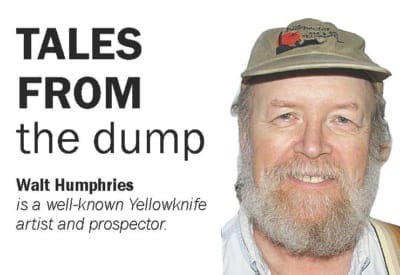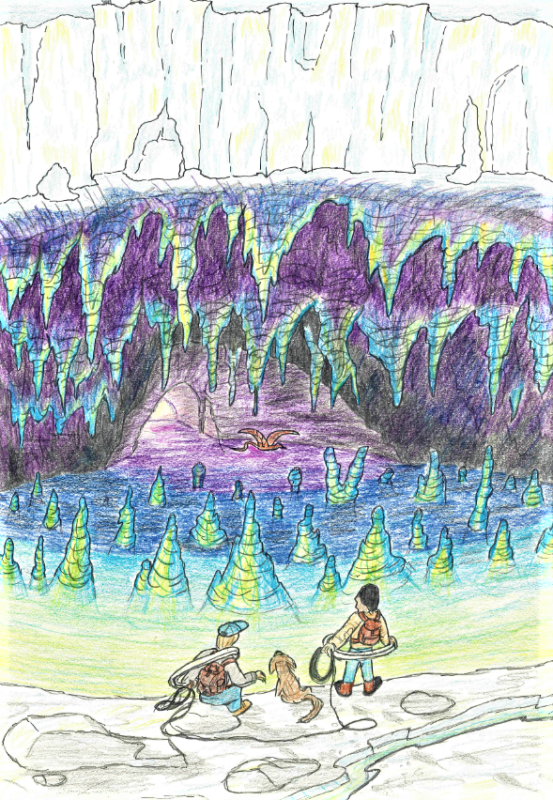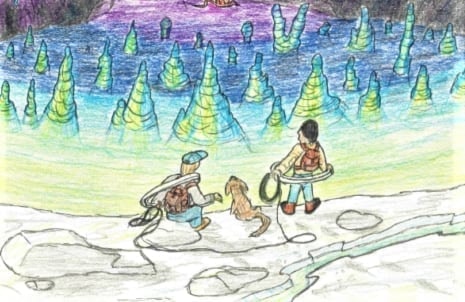This year, Earth Day seemed to slip by, because it was rather overshadowed by other events. So, I thought I would write a little ode to the joys of the Big Spring Melt, which we are in right now. Soon we will actually be able to see earth again.
As the snow goes, you just never know what you might find. One year, along a trail, I found $40 dollars just sticking out of the melting snow. So, keep your eyes scanning the ground because you just never know what you might be walking over.
This is a season I love because I can put my on my rubber boots and go slosh around in the water. I even get to play at being a hydrological engineer. However, playing outside in the spring, can be a whole lot more then just play, it can be a great learning experience if you watch what is going on closely.
You can study geology, geography, biology, zoology and a whole lot of other ology's.

You can learn a whole lot about nature, science and the art of seeing the world as it evolves.
As the snow melts around you, you are seeing what the world looked like, as the last ice age ended. It is all in miniature and you have to use your imagination a little, but it's all there.
The water flowing off the snow can show you how streams form. Those streams do the same things as river do, so by looking at them closely you see how the mighty rivers formed. They run fast and straight on slopes. They are slow and meander on the flat. You can see sand bars, erosion faces, and even deltas form. It is all there happening before your eyes. Just waiting to be seen, observed, studied and understood.

There's no better time to learn about geology, geography, biology, zoology and a whole lot of other ology's than right now, during the Big Spring Melt, columnist Walt Humphries writes.
As the snow goes, it leaves behind the same land forms that glaciers leave behind, but once again, in a miniature form. You can see small examples of eskers, moraines, kames, spill ways, out-wash plains and glacial till.
If you love the earth sciences, it is a marvelous time. As the forest floor, or the city streets emerge, the migratory birds return. Wave after wave of them. It can take weeks, but they come by species. First one and then a few days later another. The redpolls, snow buntings, eagles, crows, the list just goes on and on. They feed on different things, so as the conditions change, other bird species arrive to take advantage of them.
During the winter, a lot happens hidden from view. The squirrels, mice and voles have whole networks of tunnels and as the snow goes these become exposed. Also, the burrows flood, so it must be a rough time for the little critters. But the owls and hawks take full advantage of this and keep the rodent population down.
If you look closely as the ground and forest floor emerge you will see mosses and lichens coming to life, along with grubs and insects. Your lawn may look barren, but the robins will come to feed. So, if you have a hand lens or magnifying glass take a good close look and you will see all sorts of things and start to appreciate just how dynamic nature is.
Humans are fixated on air temperature, but there are other temperatures. Notice how the snow begins to melt on the black asphalt roads, when the air is till well below zero. The same happens with outcrops and around trees. I have one of those little temperature gauges that you point at something and it reads the surface temperature. My outdoor thermometer says well below zero but when I point it at some exposed wood, it reads well above. That is the difference between air temperature and surface temperature. That's practical science.
You don't have to travel to see spectacular things in nature, just look in your back yard or around your neighborhood. Enjoy the Great Melt and be thankful we have avoided continental glaciation for another year. Hurray, for that and for our planet called Earth. here's no better time to learn about geology, geography, biology, zoology and a whole lot of other ology's than right now, during the Big Spring Melt, columnist Walt Humphries writes.
